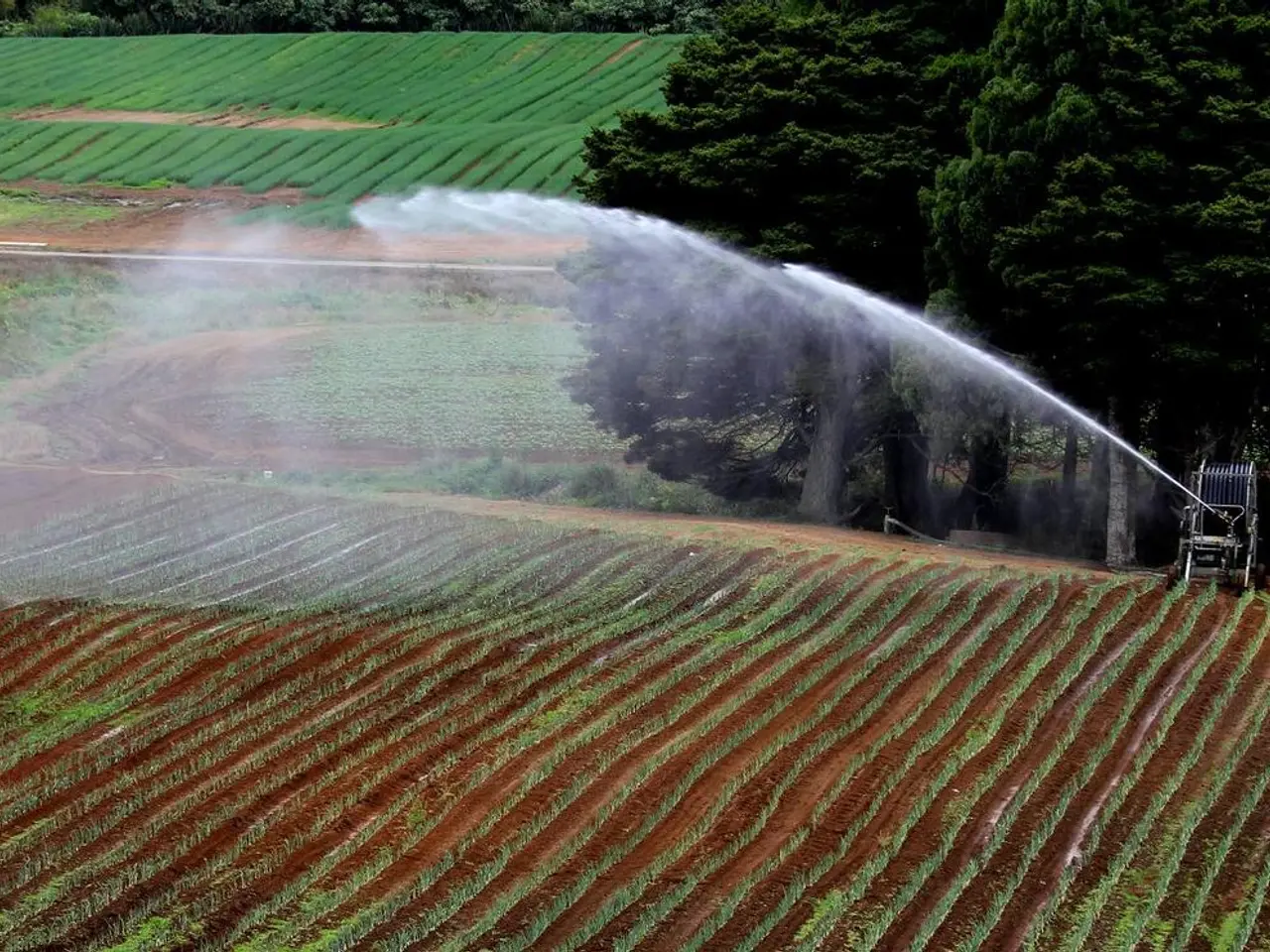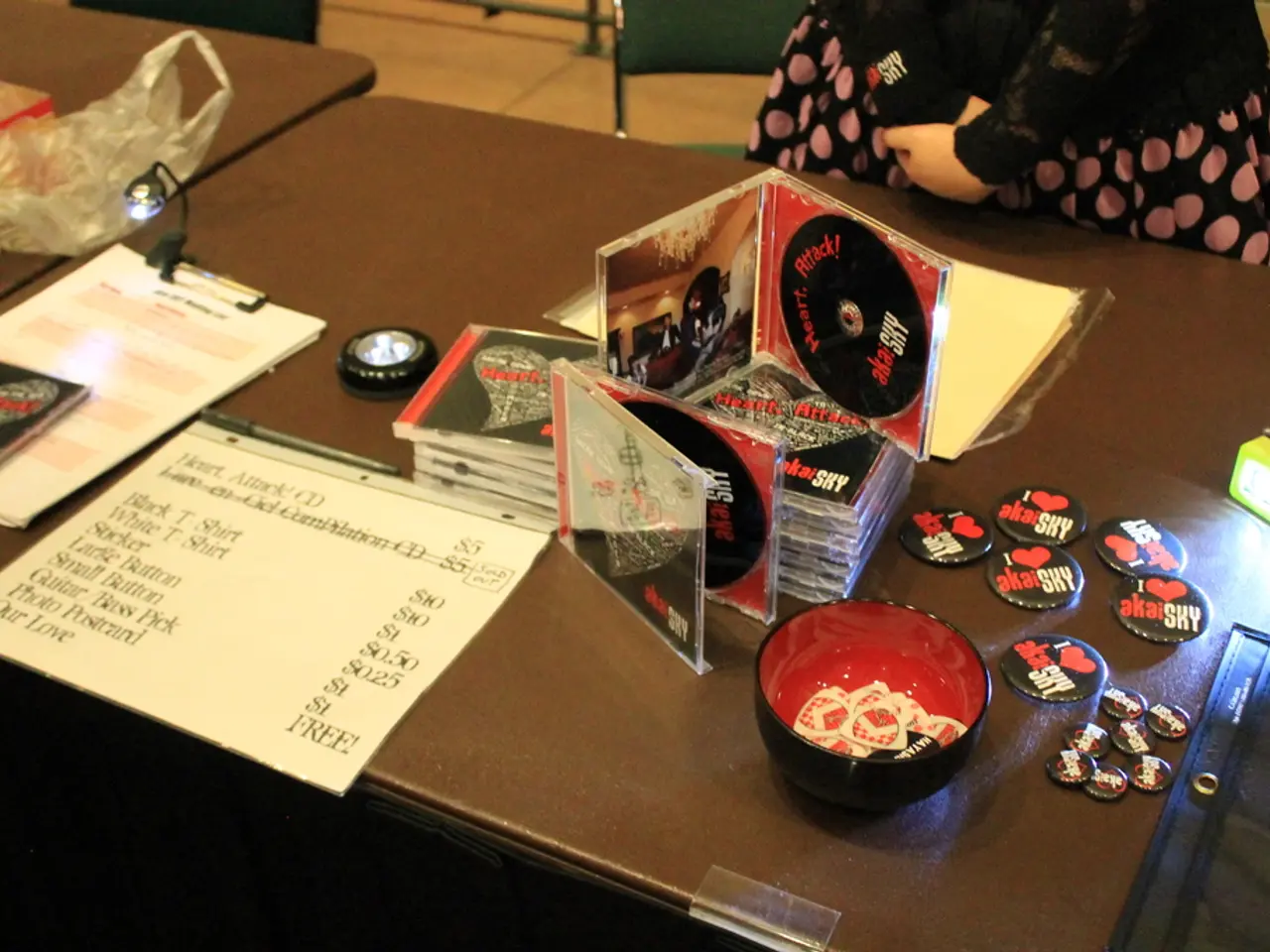Integrated Technology Applications in Sustainable Agriculture Initiatives (Permaculture)
In the ever-evolving world of sustainable agriculture, digital tools are playing a pivotal role in supporting precision farming and resource management, leading to better, greener farming practices. These tools are not only transforming traditional farming methods but also making landscapes productive and strong, offering new ways to manage ecosystems and create diverse income streams.
One of the most successful examples of this digital revolution can be seen in permaculture projects, such as market gardens. Smart systems in permaculture bring economic benefits, including reduced operational costs, increased yield and profitability, and support for sustainable business models.
However, the adoption of these smart systems in permaculture is not without its challenges. Technological barriers, including limited internet connectivity, inconsistent network infrastructure, complex system compatibility issues, and cybersecurity vulnerabilities, are common obstacles. Additionally, the initial cost of implementing these technologies can be high, with IoT sensor systems, automated irrigation, and AI-powered monitoring typically costing between $5,000 and $75,000.
But fear not, for these challenges can be overcome. With community efforts, government policies, and affordable digital options, these technologies are becoming more accessible to all. Government policies are key to growing sustainable farming, with tax incentives, grants, subsidies, and research funding supporting green farming practices.
As for the cost, many affordable digital permaculture options exist. These tools, including soil analysis software, drone mapping, and irrigation apps, are making sustainable design easy for everyone. Moreover, AI and sensor-based technologies in permaculture digital tools boost farm productivity, offering up to 25% cost reduction, 15-30% yield optimization, and 20-35% improvement in resource management.
Urban permaculture is also becoming increasingly important, as two-thirds of the world's population will live in cities by 2050. New ways are turning city spaces into farms, and digital tools are at the forefront of this urban agriculture revolution.
The world of permaculture is changing fast, with new tech and pressing environmental issues leading the way. New tech is making permaculture better, including artificial intelligence, machine learning algorithms, and robotic systems. The top digital tools currently transforming permaculture design include satellite and drone imaging, IoT soil sensors, AI-based advisory platforms, blockchain for supply chain transparency, and integrated farm management systems with real-time monitoring and data analytics.
These tools enable more precise, efficient, and sustainable planning and management by providing detailed insights into soil health, water management, crop conditions, and supply chain traceability. For instance, IoT soil sensors collect real-time data on moisture, temperature, and nutrients, allowing precise irrigation and fertilization that minimize waste and environmental impact. Satellite and drone imaging offer aerial views to detect crop stress and pest issues early, supporting targeted and reduced pesticide use. AI tools analyze climate, soil, and yield patterns to recommend optimized designs for irrigation and crop rotation, enhancing biodiversity and resilience. Blockchain technology improves transparency and trust by tracking agricultural products throughout the supply chain, encouraging sustainable practices.
Furthermore, design-specific digital tools and apps are emerging to help users co-create permaculture designs with visual and data-driven support. These tools, sometimes offering hand-drawn style renderings to blend tech with nature-inspired aesthetics, are revolutionizing the way farmers grow food and manage resources.
Lastly, using these digital tools requires good training to understand complex tech, make sense of data, fix smart systems, and improve digital skills. But with online courses, workshops, YouTube, forums, local training, and free tutorials that often come with the tools, learning to use digital permaculture tools is within reach for everyone.
In conclusion, digital tools are helping make farming smarter, tackling climate issues and saving resources by offering precise, efficient, and sustainable solutions. As tech gets easier to use, we can all help make farming greener and more sustainable. Together, we can create a better future for farming and food production.
- In permaculture projects like market gardens, smart systems are implementing design principles that stimulate economic benefits, such as reduced operational costs, increased yield, and profitability.
- Water management is crucial in sustainable agriculture, and digital tools are instrumental in precision farming, leading to better soil health and resource management.
- IoT sensors and automated irrigation systems, often costing between $5,000 and $75,000, are common tech implementations in transforming traditional farming methods.
- Affordable digital solutions in permaculture, such as soil analysis software, drone mapping, and irrigation apps, empower people to practice sustainable farming irrespective of financial constraints.
- Urban permaculture is gaining traction, thanks to digital tools, as they transform city spaces into productive, sustainable farmlands, accommodating two-thirds of the anticipated urban population by 2050.
- New technological advancements, including artificial intelligence, machine learning algorithms, and robotic systems, are revolutionizing the permaculture design landscape.
- Innovative digital tools, such as satellite and drone imaging, AI-based advisory platforms, blockchain for supply chain transparency, and integrated farm management systems, are streamlining precise, efficient, and sustainable planning and management in permaculture.
- Education and self-development opportunities, like online courses, workshops, YouTube, forums, local training, and free tutorials, encourage the widespread adoption of digital tools in permaculture, making them accessible to everyone.
- Sports, investment, and finance sectors can contribute to a greener future by partnering with environmental-science professionals and investing in sustainable businesses that employ precision farming and resource management with digital tools, thereby promoting environmental conservation and economic growth.




